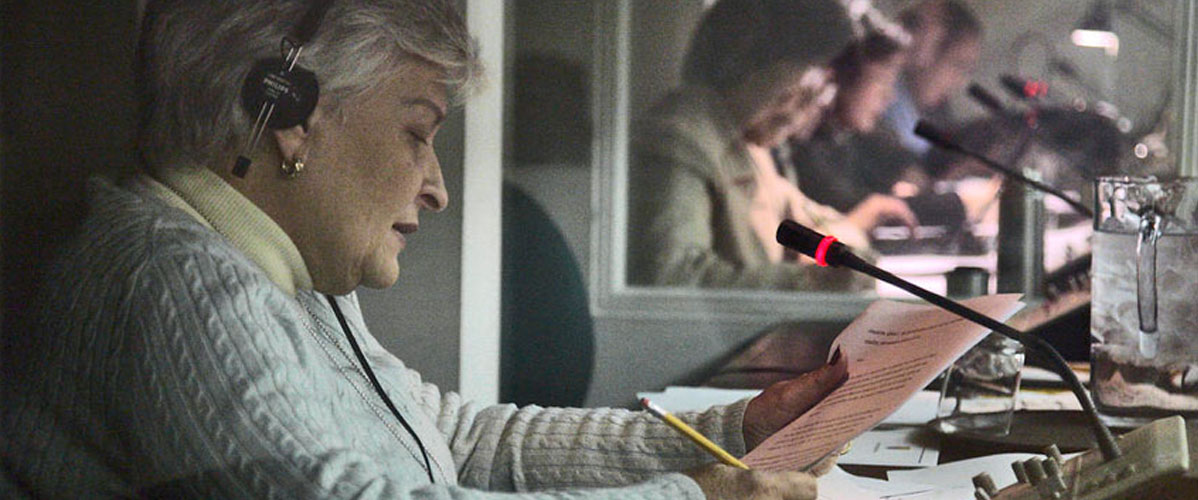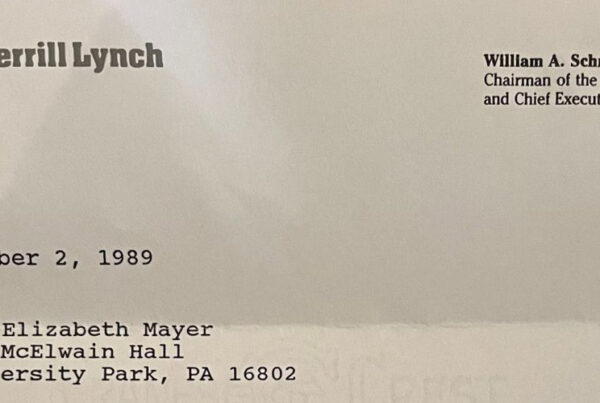
Imagine you are delivering your standard one-hour presentation. This is what you would expect from your audience:
- Understand most of what you say, very quickly
- Appreciate your humor
- Not think anything of your body language as it supports your talk nicely
- Recognize the use of colors appropriate to your message
None of this is true with international audiences!
ENGAGING INTERNATIONAL AUDIENCES IS MORE COMPLEX
When speaking internationally, engaging your audiences successfully is much more complex. You must account for differences in greetings, customs, traditions, hand gestures, language, attire, colors, and more.
One common custom is to thank the host, guests, dignitaries, etc., before you begin your talk. This could be as long as five minutes. Not a big deal in a 60-minute presentation. A huge deal if you are speaking for 15 minutes.
With your words, you leave nuances, sayings, figures of speech, body language, interpretation, etc. in the hands of your translator and audience. Plus, English is a “shorter” language. Many other languages require more words to say the same thing.
I have traveled to 11 countries for keynotes and workshops. During five of these trips, translators were used. This was in Armenia, Azerbaijan, Georgia, and Ukraine. I provided technical assistance and capacity-building training.
Everyone said, “Don’t worry about the translators or headsets. Speak a little slower, and you’ll be fine.” Well, here is my response to that. Nope, нет (nyet – Russian), ոչ (Armenian), xeyr (Azerbaijan), არა (Georgian), and немає (Ukrainian).
Some personal highlights:
- Imagine telling your audience something funny. Then, one minute, perhaps two minutes later, the audience laughs.
- Imagine telling your audience something important without anyone saying anything in response. As speakers and trainers, we receive immediate feedback from U.S. audiences through verbal and non-verbal acknowledgment.
- Imagine telling your audience something and receiving polite, blank stares. In this case, the translator is unable to translate your words correctly.
The first time I experienced this speaking-understanding delay, I freaked out. Freaked out in my mind that is. I pretended to be cool, calm, and collected, while on the inside, my heart was racing.
I just couldn’t understand why they couldn’t understand. I just kept going, trusting I would figure it out. And I did. It took about 15 minutes for me to figure out the speaking-understanding delay.
After this realization, I changed my speaking style on the spot. I paused A LOT. Pausing enabled the translator and the audience to catch up.
SPEND TIME WITH THE TRANSLATOR BEFOREHAND
Based on these experiences, I strongly, strongly recommend reviewing your entire presentation with the translator in advance. They will be grateful and appreciative.
Bring a printout, in full-slide mode. Walk them through the entire presentation:
- Review the purpose of the presentation
- Cover high-level ideas
- Specifically, call out words/concepts likely uncommon and unknown (e.g., elevator pitch, executive story, business story, capabilities presentation, System of Credibility™, Better Tomorrow Message™, etc.). See Language below in Items to Consider.
I also ask for twenty to thirty words/phrases in their native language that would be helpful – yes, no, please, thank you, questions, etc. I then sprinkle them into my presentations, my networking, and my conversations. People really appreciate your earnest and genuine desire to speak their language and learn their culture.
Overall, I suggest reducing your content by at least 30% and perhaps as much as 50%.
Reduce your content at least 30% and perhaps as much as 50%
ITEMS TO CONSIDER
- Synchronization. With simultaneous translation, your audience will be 60 or more seconds behind you in comprehension. If you have complex ideas or brand new ideas, perhaps as much as two minutes. The speaking-understanding delay takes getting used to.
- Language. There are numerous examples of poorly translated and interpreted words from one language to another that are embarrassing. Check before you go with a native speaker and/or the translator in your room. Consider changing your words if in doubt. As mentioned above, I talk with the translators in advance. Agree to the intent and meaning with them.
- Examples. Instead of giving one example, I suggest giving two or three examples to illustrate your point.
- Color. Research the color palette of the country and specific region. Ensure your colors match your research. Your color selection could mean the exact opposite.
- Visuals. Change out your visuals to match the country and region. Your audience wants to see themselves in your presentation, examples, and stories. They want to feel like they belong. Match ethnicity, gender, age, and culture.
The United Nations produced a short documentary, “Interpreters – UN News Centre’s original series, A Day in the Life.” I found it interesting as it is filled with insights and perspectives from interpreters working at the UN.
Updated 2023 11
Photography Source: United Nations, Interpreters – UN News Centre’s original series, A Day in the Life
#communication #international #publicspeaking #training #workshops



